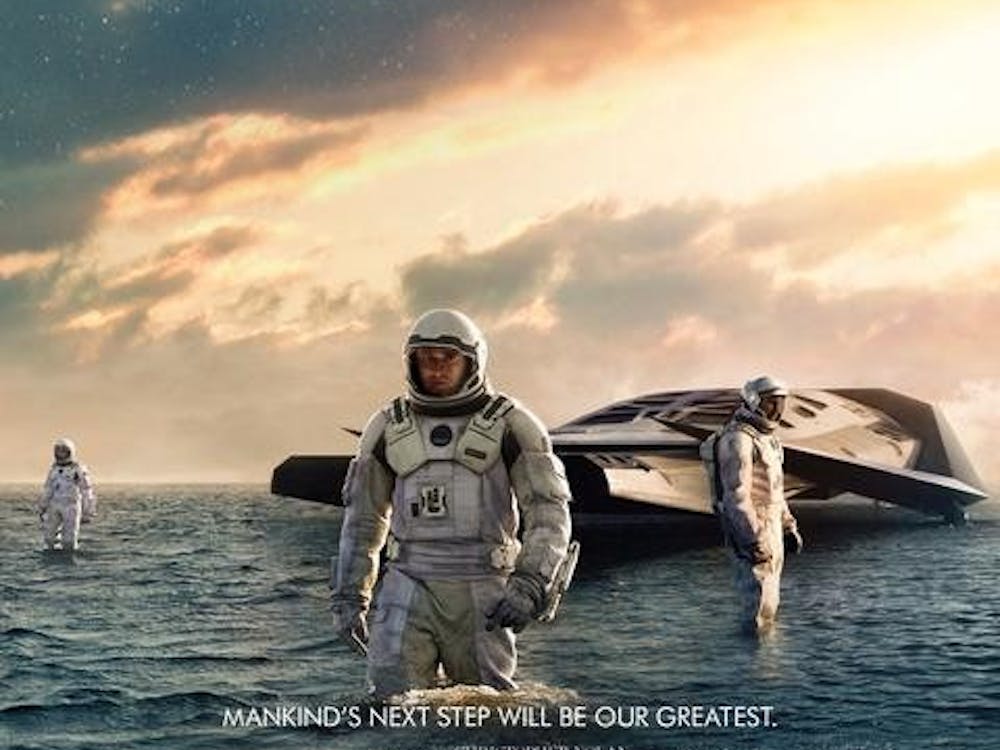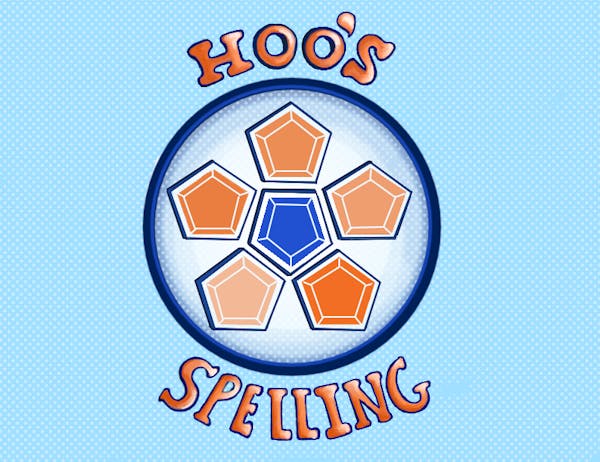Despite its ripe old age of 17 years, the groundbreaking Disney semi-classic "Tron" retains an air of spectacle and whimsical adventure. It is not an outstanding film, but it broke all the rules and set an innovative new standard for computer-generated special effects.
The decidedly thin, futuristic story involves a computer company called ENCOM, led by a reprehensible executive, Mr. Dillinger (ice-cold David Warner), who has stolen programs from Flynn (charismatic Jeff Bridges) in addition to having him fired. Justifiably miffed, Flynn spends his time managing an arcade and hacking into ENCOM. He enlists the aid of two ex-coworkers to break in and prove his authorship of the video games.
In the meantime, Dillinger makes a serious mistake when he gives his security computer too much power. It runs a computerized world where computer programmers are kidnapped, digitized and forced to do battle in video games. One of these programmers, Tron (Bruce Boxleitner), designed the security system, and another, Flynn, designed the games. Both present a formidable challenge to the security computers' sadism, and digitized mayhem ensues as they deliver a severe shock to the system.
The enthusiastic performances and the film's energy keep the viewer suitably distracted from its inconsistent pace, gaps in logic and awkward, sometimes melodramatic mood. The inane dialogue is laced with goofy technical expressions such as "Who does he calculate he is?" In the tradition of Disney adventures, it contains dark overtones and implications of death but never drags the viewer down in these details.
The primary theme of it is the danger of giving artificial intelligence too much power, and this idea is far ahead of its time. "Tron" came long before nearly every family in America had a computer and video games consumed the lives of youth. The robots in the game also consistently mock religion. Perhaps "Tron" was making a rather bold statement about the danger of worshiping technology over God.
Writer-director Steven Lisberger uses experimental computer effects with unchained exuberance and skillfully integrates them with the human elements. An impressive 1,100 computer graphics shots were used in "Tron," and each opens up a new dimension in the computers' imprisoning environment. The blacklight-blue glow of the digital world is at times hypnotic, and the human costumes, with vivid shades of blue and red, contrast attractively with the plainly colored, geometric background sets.
The video games' creatures and vehicles, designed by French "Heavy Metal" artist Jean "Moebius" Giraud, appear to have been kidnapped from Atari games, and the musical score sounds like a series of sound bites from early Nintendo games.
The physical manifestation of the security computer appears to be an overblown, digitized version of the Wizard of Oz's head. Lisberger doesn't go overboard in his attempts to envision technological progress; rather, the briefly glimpsed city presents a very feasible future world. The retro-futuristic clothing, behavior and speech of the characters are amusing but likewise not out of the realm of possibility.
"Tron" has been widely acclaimed as the first film to use computer effects, but this honor actually belongs to Michael Crichton's 1974 escapist offering, "Westworld." But "Tron"'s effects have more depth and color and look fairly impressive to this day, unlike the crude images from Crichton's film.
Often imitated but rarely duplicated over the years, "Tron" is an impressive film that fully deserves its place in the Film Festival. It can be viewed as a cautionary tale about progress in technology, and, at the same time, it demonstrates how much progress has been made in the world of computer effects. Digital effects are largely distracting, obvious and overused in modern films, so it is refreshing to go back to "Tron" to see effects that actually help to tell a story.
(See schedule on page B3 for showtimes.)
Grade: B






